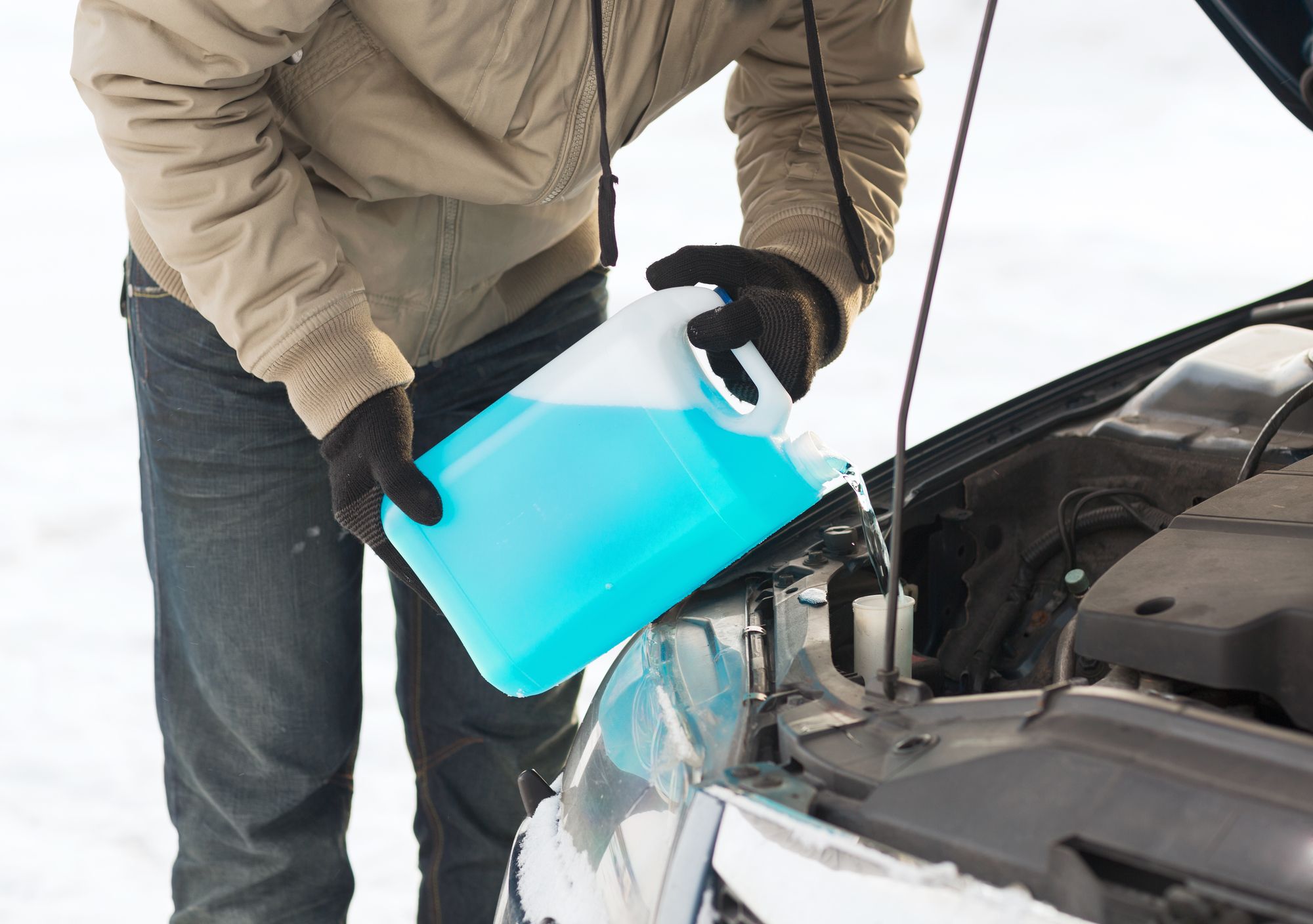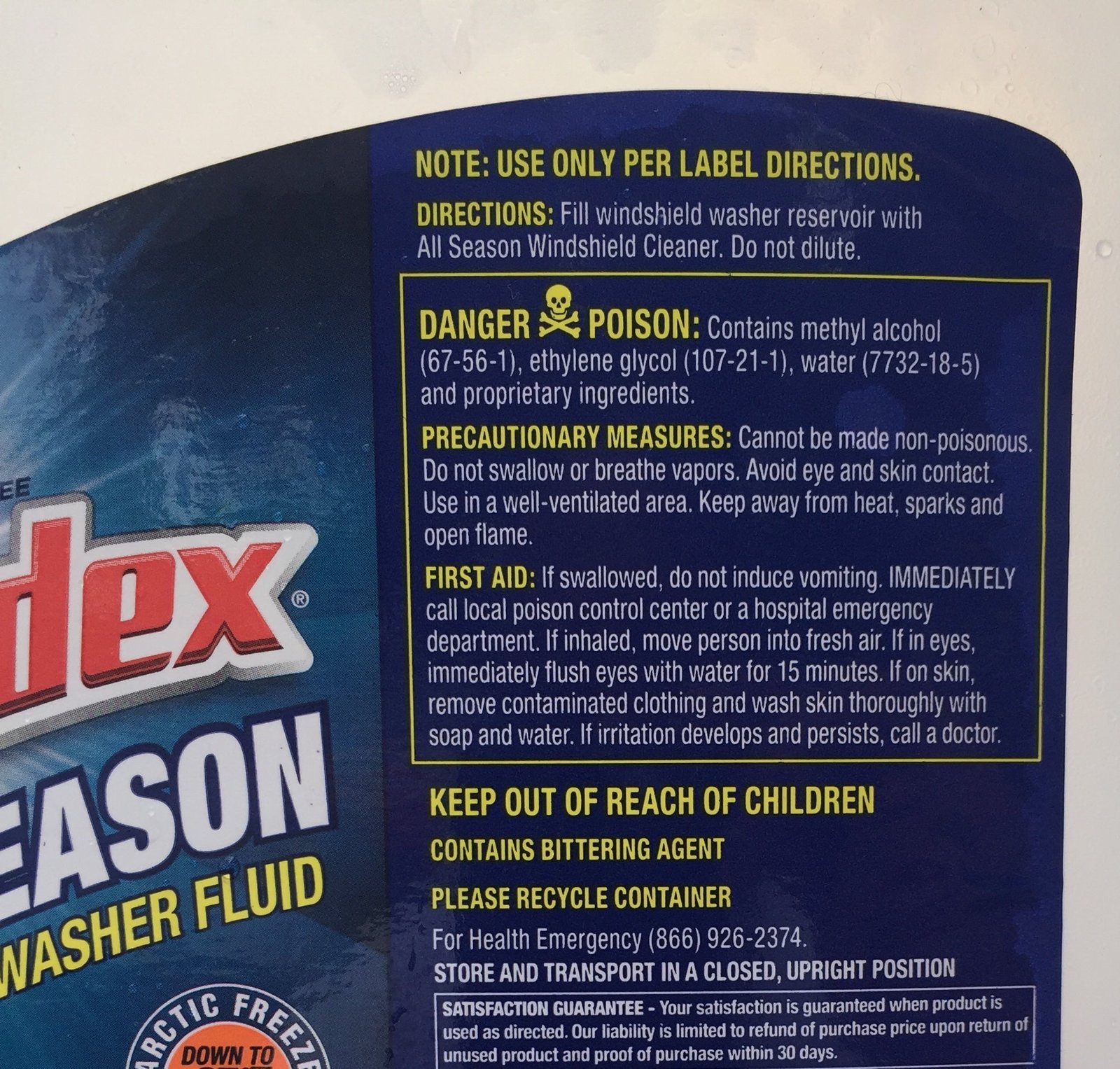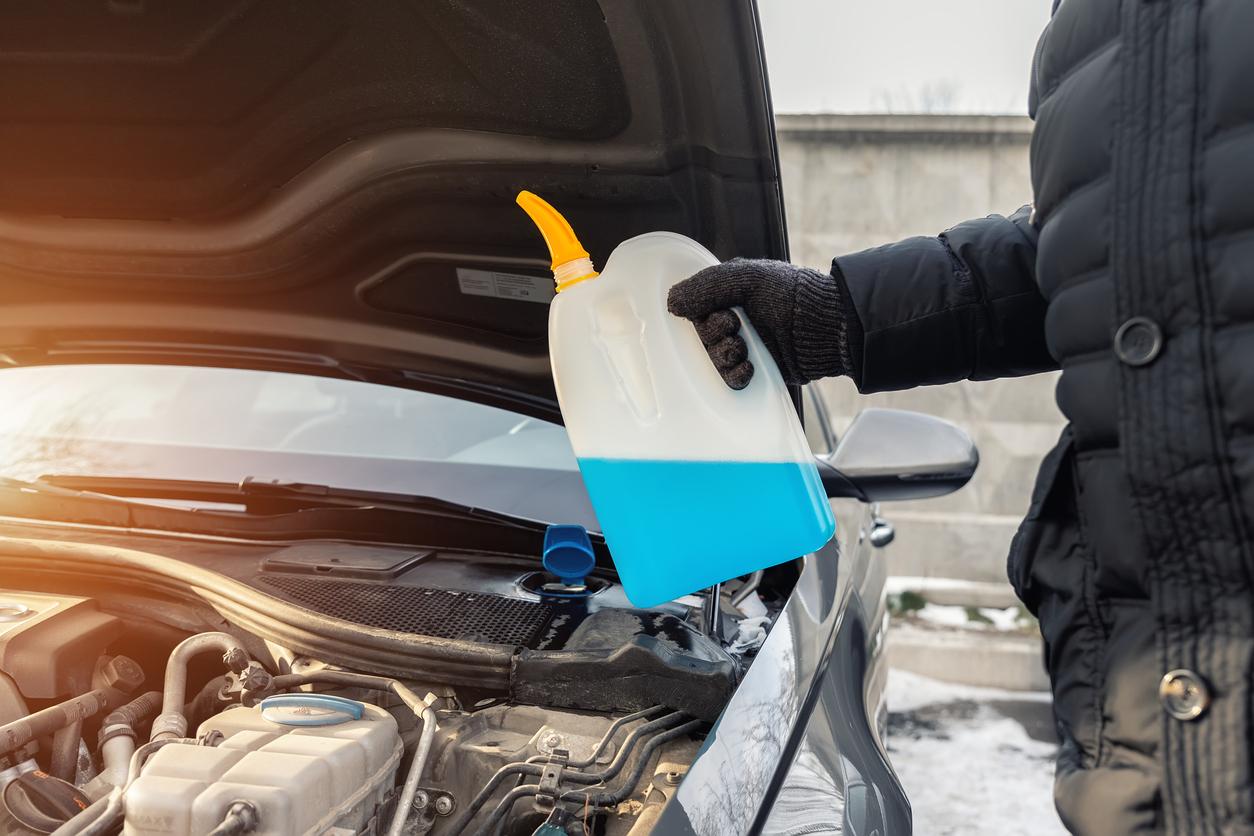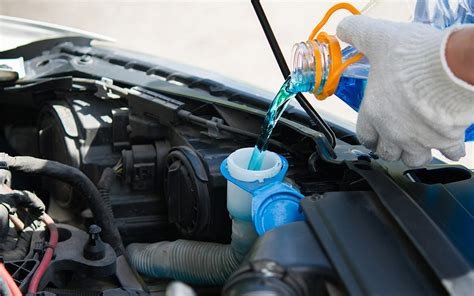Windshield washer fluid very important for your car. It keeps your windows clean and clear. If you not know how to choose or refill it, no worry. In this article, we will show you how to pick the best windshield washer fluid for your needs. We also explain how to refill it properly and give tips for winter. Plus, we will share DIY recipes for making your own washer fluid. Read on to learn more about keeping your windshield clean and your driving safe.

What Is Windshield Washer Fluid and Why Is It Important?
Windshield washer fluid is a specially formulated liquid used to clean your vehicle’s windshield and windows. It helps remove dirt, grime, and other debris, ensuring clear visibility while driving. This fluid is a crucial part of your vehicle’s cleaning system.
Key Ingredients and Their Functions
Windshield washer fluid typically contains a mix of water, detergent, and alcohol. The water acts as a base, the detergent helps break down dirt and grime, and the alcohol prevents the fluid from freezing in colder temperatures. Understanding these components helps in choosing the right product for your needs.

Importance of Maintaining Proper Fluid Levels
Keeping your washer fluid reservoir filled is vital for maintaining clear visibility. Running low on washer fluid can leave you struggling to clear your windshield, especially in adverse weather conditions. Regularly checking and refilling the fluid ensures your windshield washer system works effectively.
How to Choose the Best Windshield Washer Fluid for Your Vehicle
Selecting the right windshield washer fluid can make a significant difference in your driving experience. Here’s how you can make the best choice:
Factors to Consider When Selecting Washer Fluid
When choosing washer fluid, consider the climate in which you drive. For instance, if you live in a region with harsh winters, opt for a winter formula that prevents freezing. Conversely, if you drive in warmer climates, a summer formula that effectively removes bugs and dirt is ideal.
Winter vs. Summer Formulas: What’s the Difference?
Winter formulas often include antifreeze agents to prevent the fluid from freezing in low temperatures. On the other hand, summer formulas focus on removing road grime and insects. Selecting the appropriate formula based on the season ensures optimal performance.
Top Brands and Products for Different Needs
Some of the top brands in the market include Rain-X, Prestone, and Zymöl. Each brand offers various products tailored for specific needs, such as bug removal or antifreeze protection. Review product labels and choose one that aligns with your driving conditions.
How to Refill Windshield Washer Fluid
Refilling your windshield washer fluid is a simple yet important task. Here’s a step-by-step guide:
Step-by-Step Refilling Process
- Locate the Washer Fluid Reservoir: This is typically a translucent container under the hood of your vehicle.
- Open the Cap: Remove the cap from the reservoir.
- Add Fluid: Pour the windshield washer fluid into the reservoir until it’s full.
- Replace the Cap: Secure the cap back in place.

Tools and Equipment Needed
You generally only need the windshield washer fluid and a funnel to avoid spills. Ensure that the fluid you use is compatible with your vehicle’s washer system.
Troubleshooting Common Issues
If your windshield washer system isn’t working properly, it could be due to a clogged nozzle or a malfunctioning pump. Check the system for any blockages and ensure the pump is functioning correctly.
DIY Windshield Washer Fluid Recipes
If you prefer a homemade solution, you can make your own windshield washer fluid with simple ingredients.
Basic Ingredients for Homemade Washer Fluid
- Water
- Dish soap or baby shampoo
- Alcohol (for freezing prevention)

Step-by-Step Instructions for Making Your Own Fluid
- Mix Water and Soap: Combine water with a few drops of dish soap or baby shampoo.
- Add Alcohol: For winter use, add a cup of alcohol to the mix.
- Stir Well: Ensure the solution is well-mixed.
Pros and Cons of DIY Solutions
DIY washer fluids are cost-effective and customizable. However, they may not offer the same performance or safety features as commercial products.
Maintaining Your Windshield Washer System
Regular maintenance of your windshield washer system ensures it operates smoothly.
Regular Maintenance Tips
- Check Fluid Levels: Regularly check and refill the washer fluid as needed.
- Inspect Nozzles: Ensure nozzles are clear of any blockages.
- Examine Hoses: Look for any leaks or damage in the hoses.
How to Check and Maintain Fluid Levels
Monitor the fluid levels in the reservoir and top up when necessary. Keep an eye out for any unusual signs, such as reduced spray or strange noises, which may indicate a problem.
Signs That Your Washer System Needs Repair
If the fluid isn’t spraying properly or you notice a significant decrease in performance, it might be time for repairs. Issues could range from a faulty pump to clogged nozzles.
Winterizing Your Windshield Washer System
Preparing your washer system for winter is essential for safe driving in cold weather.
Importance of Winter Formulas
Winter formulas prevent the washer fluid from freezing, ensuring your windshield stays clear even in freezing temperatures. This is crucial for maintaining visibility during winter storms.
How to Prepare Your Washer System for Cold Weather
- Switch to Winter Fluid: Replace your regular washer fluid with a winter formula.
- Check for Leaks: Ensure there are no leaks in the system.
- Inspect the Pump: Make sure the washer pump is in good working condition.
Tips for Preventing Freezing and Improving Performance
- Use Full Strength: Avoid diluting winter fluid.
- Regularly Check Fluid Levels: Keep the reservoir full to prevent freezing.
Common Problems with Windshield Washer Fluid and How to Fix Them
Here are some common issues you might encounter with your windshield washer fluid and their solutions.
Common Issues with Washer Fluid and System
- Clogged Nozzles: Can reduce or block spray.
- Fluid Freezing: Inadequate antifreeze protection.
- Faulty Pump: May not deliver fluid properly.
Quick Fixes for Common Problems
- Unclog Nozzles: Clean or replace clogged nozzles.
- Add Antifreeze: Use winter formula to prevent freezing.
- Replace Pump: Install a new pump if the current one fails.
When to Seek Professional Help
If problems persist despite troubleshooting, consult a mechanic. Complex issues like pump failures or system leaks may require professional repair.
Understanding the Environmental Impact of Windshield Washer Fluids
Being aware of the environmental impact of windshield washer fluids helps you make more sustainable choices.
Eco-Friendly and Biodegradable Options
Look for biodegradable and eco-friendly windshield washer fluids that reduce environmental impact. These options are made with less harmful chemicals and are better for the environment.
Reducing Environmental Impact
- Choose Green Products: Opt for fluids that are labeled as eco-friendly.
- Recycle Containers: Dispose of empty containers properly.
Benefits of Using Green Products
Green products help minimize pollution and promote sustainability. By choosing these options, you contribute to a healthier environment.
Additional Resources and Further Reading
To further enhance your knowledge, here are some additional resources:
- Recommended Articles and Guides: Look for guides on car maintenance and fluid types.
- Where to Buy Quality Windshield Washer Fluid: Visit auto parts stores or online retailers.
- Useful Tools and Accessories: Consider tools like funnels for easier refilling.
By understanding the ins and outs of windshield washer fluid, you’ll be better equipped to maintain your vehicle and ensure safe driving conditions. Whether you’re refilling your fluid or choosing the best product, this guide aims to keep you informed and prepared.
What Is Windshield Washer Fluid Made Of?
Windshield washer fluid typically consists of water, detergent, and alcohol. The water serves as the base, while the detergent helps break down and remove dirt and grime. Alcohol is added to prevent the fluid from freezing in colder temperatures. Some formulas also include additional additives for specific needs, like antifreeze agents for winter or bug removal agents for summer.
How Often Should I Refill My Windshield Washer Fluid?
You should check your windshield washer fluid level at least once a month or before long trips. If you notice that your windshield is not getting cleaned properly or the reservoir is low, it’s time to refill. Regular checks help ensure you always have sufficient fluid to maintain clear visibility.

Can I Use Water Instead of Washer Fluid?
While you can use water in an emergency, it is not recommended for regular use. Water lacks the cleaning agents and antifreeze properties of windshield washer fluid. Over time, using water can lead to streaks and reduced cleaning effectiveness, especially in extreme temperatures.
What Is the Best Windshield Washer Fluid for Winter?
For winter driving, the best windshield washer fluid is one that contains antifreeze agents. This prevents the fluid from freezing and ensures that it remains effective in clearing ice and snow. Look for products specifically labeled as winter formulas or those with low freezing points.
How Do I Make My Own Windshield Washer Fluid?
You can make a simple DIY windshield washer fluid using a mixture of water, dish soap or baby shampoo, and alcohol. Combine about a gallon of water with a few drops of soap and a cup of alcohol. This homemade solution can be effective, though it might not offer the same performance as commercial products.